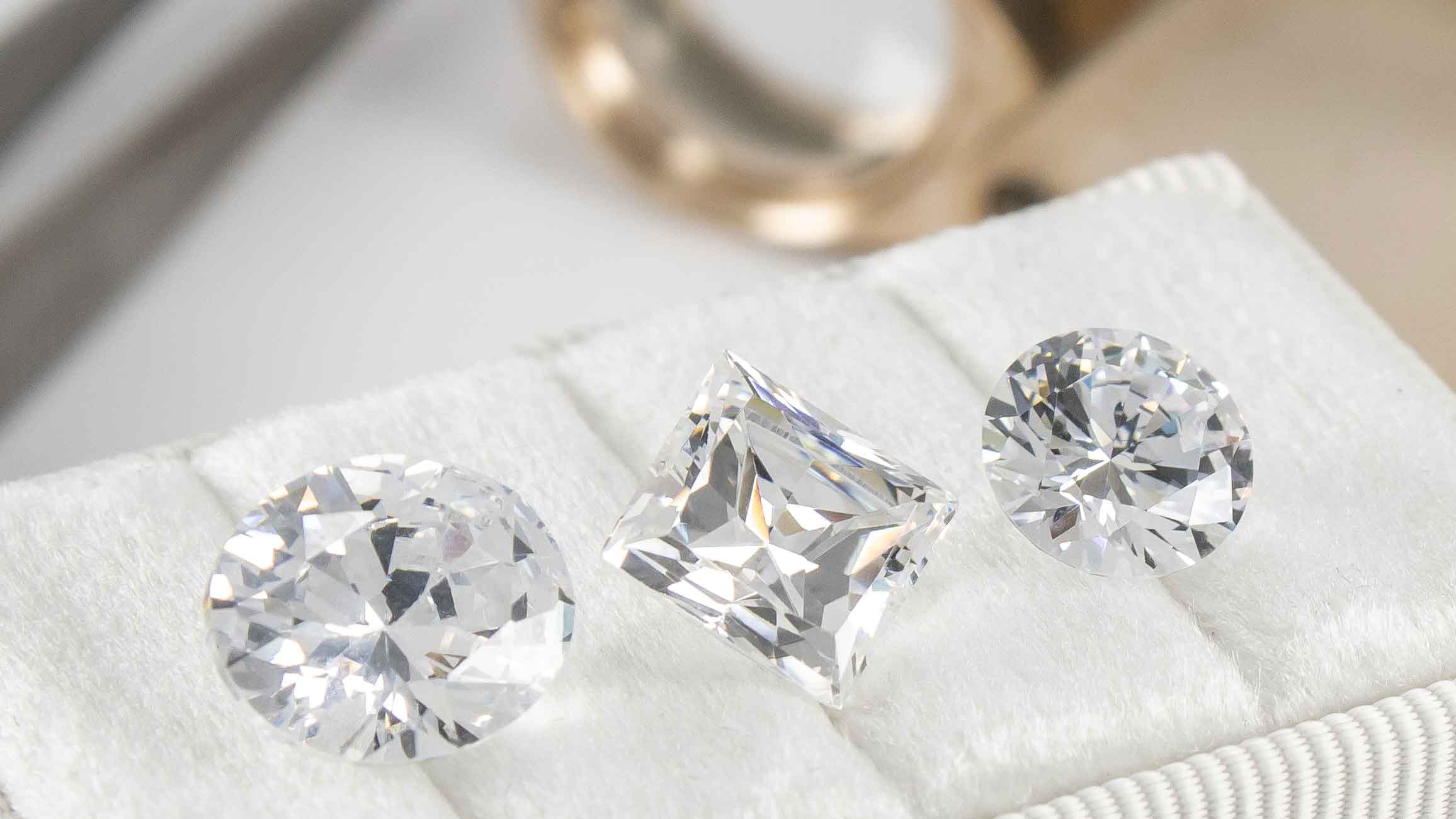About Natural Diamonds
Did you know that natural diamonds are the oldest things you will ever touch? That's because they were formed by the heat and pressure of the Earth, around 1 to 3 billion years ago. But that's just the beginning of their journey. Millions of years later, ancient volcanoes blasted them towards the Earth's surface from an average depth of 100 miles. These diamonds were then trapped in the molten rock of the exploding volcanoes, and can now be found in the remnants of these ancient volcanoes, known as kimberlite pipes. While some natural diamonds are mined, others are recovered without mining.















